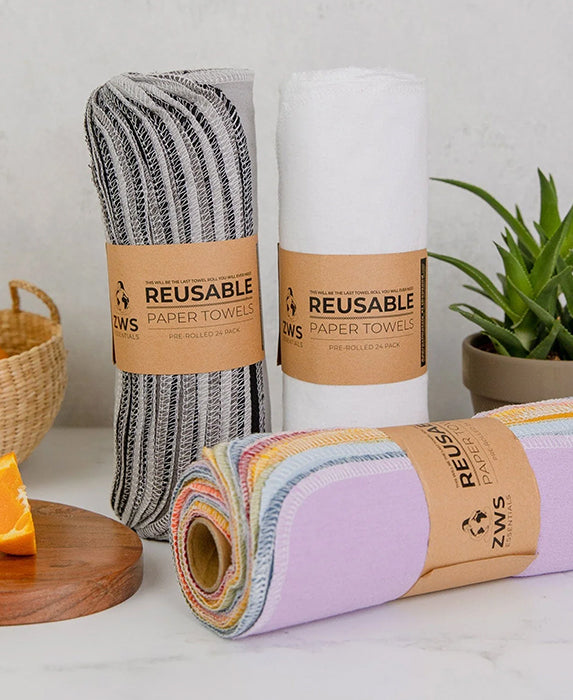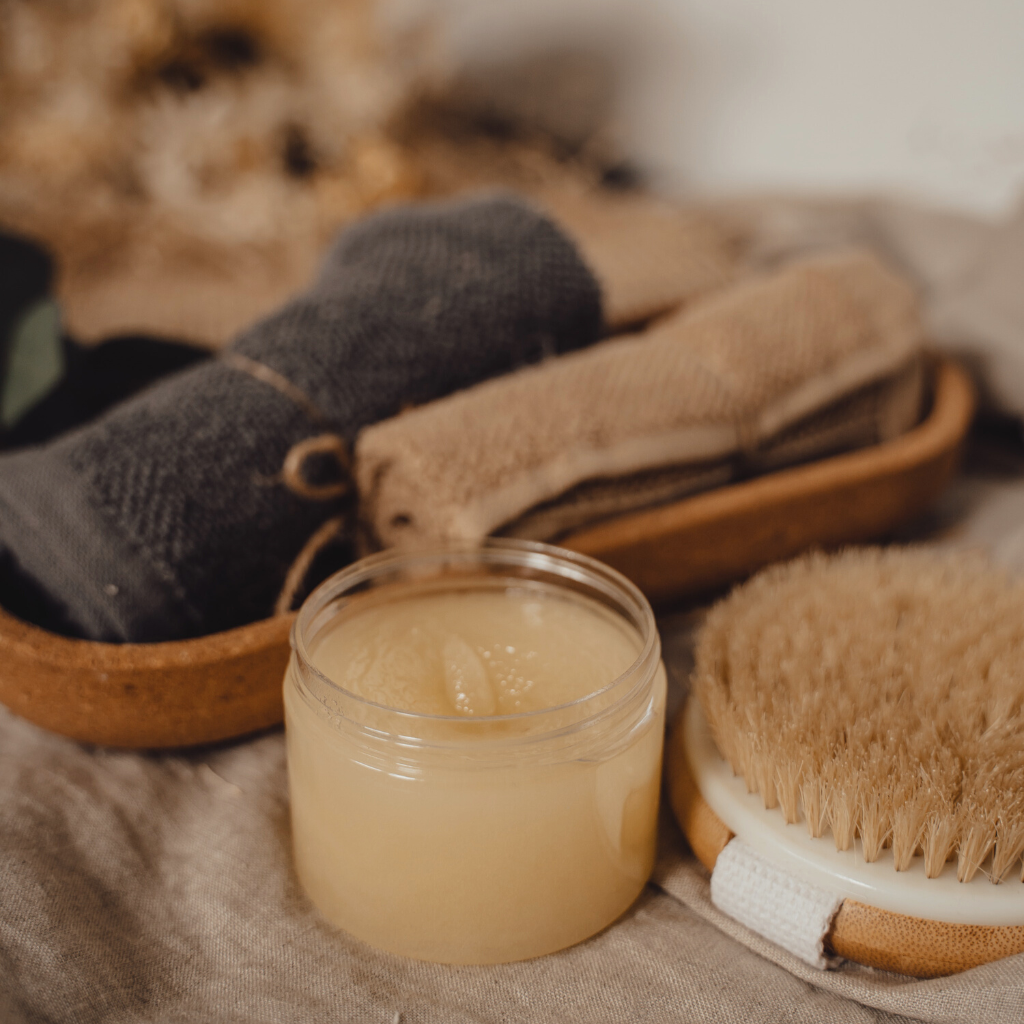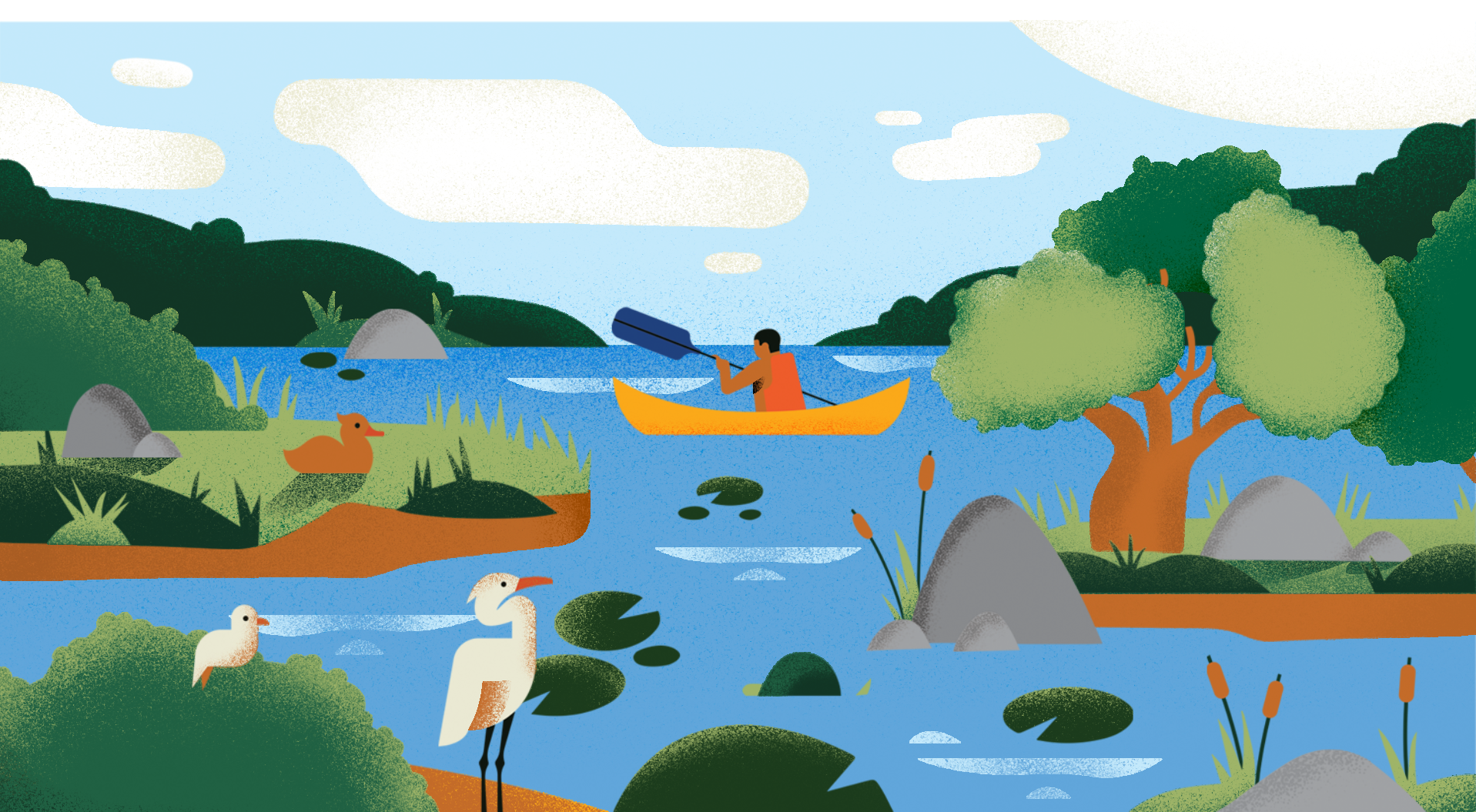There are many ways to reduce your carbon footprint, including
- Insulating your home to reduce the amount of heating and cooling that is required to maintain consistent indoor temperatures
- Swapping incandescent light bulbs with more efficient LED or CFL alternatives
- Reducing how much you buy from stores (and reusing or recycling those items instead of throwing them in the trash)
However, one of the most effective ways to reduce your impact on the environment involves installing solar photovoltaic (PV) panels on your home or business. To fully appreciate how these benefits emerge, it’s important to understand the limitations of traditional grid electricity.
Utility Power: The Old Way of Doing Things
In most electricity markets, utility providers are responsible for generating power and distributing this energy to local communities. This power generation, however, typically comes from fossil fuel combustion.
Unfortunately, burning oil, natural gas, and coal emit CO2 and other greenhouse gases. Worse still, mining, refining, and transporting these fossil fuel inputs also leads to environmental degradation.
Although there are many contributors to climate change, our current reliance on grid electricity made from fossil fuels is a significant factor.
How Going Solar Can Help Break the Cycle
Solar PV panels generate electricity by converting free sunshine into usable power for your home or business. This conversion process happens silently in the background — with virtually no moving parts.
Equally important, the sun is an inexhaustible source of energy that doesn’t need to be actively mined, refined, or shipped. If sunshine is hitting your roof, your residential or commercial property is likely a good candidate for renewable solar power.
Moreover, modern PV panels typically ship with 20 to 25 years of warranty protection, meaning your solar installation should continue to deliver environmental benefits (and monthly utility bill savings) for decades to come.
Understanding the Limitations of Solar Power
It’s a bit unfair to claim that solar PV technology is 100% sustainable. After all, it takes energy and materials to mine, manufacture, and transport solar modules. All of these production steps release greenhouse gases into the atmosphere.
However, it takes less than four years for the clean energy that modern solar panels generate to exceed the dirty energy used to manufacture them.
In other words, a typical PV module has a short energy payback period. After reaching this breakeven point, all additional clean electricity generated is truly 100% clean. This is in sharp contrast to utility electricity, which has no payback period — either financially or environmentally.
Even better, it’s often possible to electrify more of your home or business so that you don’t need to power furnaces, stoves, and heaters with municipal gas (i.e., fossil fuels). Instead, you can have your PV system configured so that it powers everything in the home using nothing but clean sunshine. You can even install on-site batteries to ensure you have 24/7 reliable access to solar power — even when the sun goes down.
Another minor drawback of solar PV technology is all the waste generated when panels reach the ends of their useful lifetimes. Fortunately, there is a growing movement to recycle decommissioned panels and develop new modules for future PV installations. So, although not 100% green, solar panel suppliers and manufacturers are becoming more sustainable over time.
Is Solar Right for You?
If you’re truly serious about reducing your carbon footprint, it’s worth exploring every strategy available — including updating your lighting, insulating your home, and reducing overall consumption. Adding PV panels to your property arguably delivers some of the largest gains, given the technology’s ability to reduce how much fossil fuel you use on a kilowatt-hour-by-kilowatt-hour basis.
Sources:









